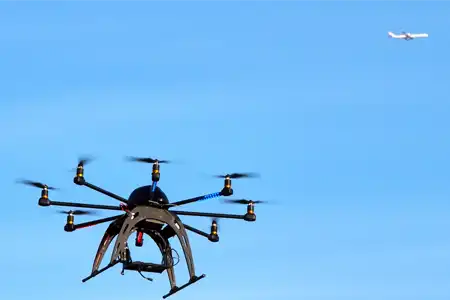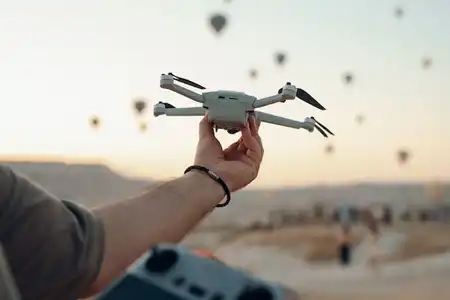As of February 1, 2024, the FAA implemented significant changes to the B4UFLY app, aiming…

Dangers Of Flying Large Drones
Flying large drones in the United States presents an array of potential hazards that necessitate careful consideration and regulation. These substantial unmanned aerial vehicles, due to their size and weight, pose significant risks to both people and property if not operated responsibly.
One primary concern revolves around the increased potential for severe accidents or collisions. Large drones, especially when carrying heavy payloads, have the capacity to cause significant damage in the event of a malfunction or loss of control. Their size amplifies the risk of injury to bystanders or damage to structures if they were to crash.
Moreover, large drones flying in congested areas or near populated spaces heighten the risk of accidents. Maneuvering these sizable devices in urban environments or over events introduces complexities in navigation and increases the likelihood of unintended interactions with buildings, vehicles, or people.
Additionally, these drones often utilize powerful propulsion systems, making them more challenging to control, especially in adverse weather conditions. Factors like wind gusts or turbulence can substantially impact the stability and maneuverability of large drones, potentially leading to unpredictable flight behavior and accidents.
Furthermore, the potential for unauthorized or malicious use of large drones raises security concerns. Their ability to carry heavier payloads could be exploited for illegal activities or pose threats to sensitive locations, necessitating robust regulations to prevent misuse.
Addressing these dangers requires stringent regulations, operator training, and ongoing technological advancements to enhance safety features and mitigate risks associated with the operation of large drones in the national airspace.



